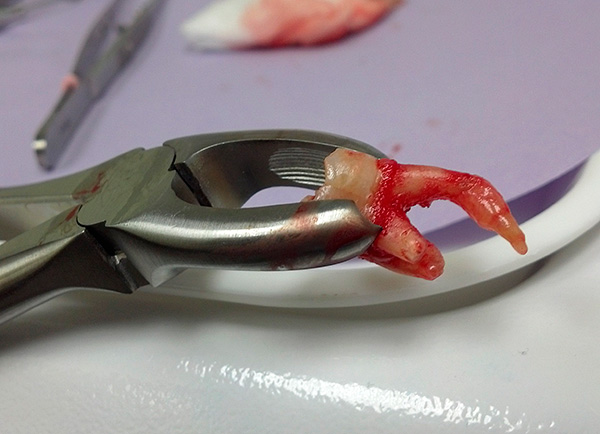
Next you will find out:
- How much does it cost today to remove a tooth and what factors influence pricing in the first place;
- What is considered a “simple” removal and what are the prices for this service (with examples of clinic price lists);
- How much can your wallet feel better if it comes to complicated removal, especially in the case of impacted wisdom teeth;
- What is cheaper - to treat a tooth, or still remove it;
- What is important to know about the features of the removal of milk teeth in children and what factors can very significantly affect the price in this case;
- How much does it cost to pull out a badly destroyed tooth (that is, in fact, when only the root remains, and the dentist-surgeon does not have the opportunity to grasp the coronary part with forceps);
- Is it possible today to remove a tooth for free, or is it more a myth than a reality;
- Can a dental surgeon mistakenly remove the “wrong” tooth and who will pay for it?
- As dentists sometimes wind up the prices of tooth extraction ...
Unfortunately, the possibilities of modern therapeutic dentistry are not limitless, and sometimes the teeth (or whatever remains of them) have to be removed. And here a completely natural question arises - how much, in fact, is tooth extraction and what factors, in the first place, affect the final price?
So, it is useful to keep in mind that the cost of tooth extraction is largely determined by the characteristics of a particular clinical situation, and can vary literally at times. And situations can be different - for example:
- The tooth is relatively “simple”, the roots have a standard shape, they are not twisted and foretells nothing during removal (from the point of view of a dentist-surgeon);
- The opposite option - there were problems with the eruption of a wisdom tooth, that is, we are talking about the so-called retinal wisdom tooth (hidden in the jaw under the gum), or about the polyurethinized one (which breaks through the gum partially, sometimes with the formation of a gingival hood). Often it is the removal of the lower wisdom teeth that is difficult and is relatively expensive. However, the removal of other molars (sixes, sevens) in the lower jaw is also not always easy;
- If the crown part of the tooth is almost completely destroyed, then we are talking about removing the root (s);
- Or it can be a milk tooth (temporary), which for one reason or another needs to be removed, and the child is completely “not set up” for this terrible procedure for him - the use of sedation (anesthesia) can also make a tangible contribution to the total cost of removal.
The photo below shows the root of a broken tooth to be removed:
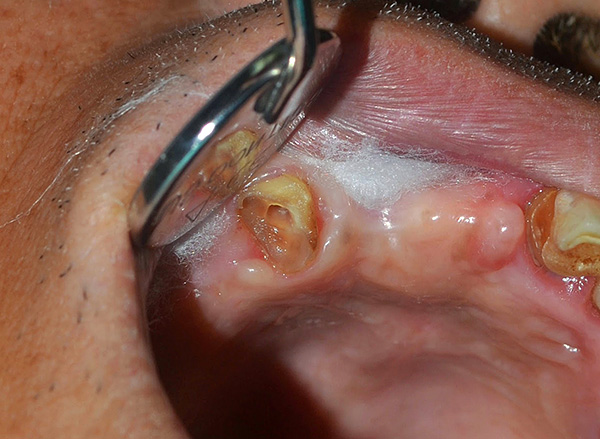
And this is only a part of the possible situations, about which we will discuss more in the future.
On a note
In practice, there are cases when a patient comes to a dentist-surgeon and unreasonably asks to remove one or another tooth, considering it only as a burden, from which it is imperative to get rid of. An important reason for this not always constructive approach is the fact that the treatment of a tooth can sometimes be much more expensive than its removal, and the patient is not ready to spend money.
Meanwhile, it is important to understand that dentists-surgeons are engaged not only in the removal of problematic teeth, but can also try to save them. Anyway, the dentist is simply obliged to work strictly according to the instructions and try not to pull out those teeth that can still serve his master.
So, is it possible to remove a tooth, as they say, “cheap and angry”, and what is the price of the issue today?
Let's first analyze the main pricing factors, and then consider a number of specific examples with an indication of the approximate cost in each case.
Major factors affecting the cost of tooth extraction
In most cases, the following factors contribute most to the cost of tooth extraction:
- The level of a dental clinic (state clinic, economy class, business class. Sometimes a tooth can be extracted at city clinics for free - true, in conditions where there is a line of 15 people in the corridor, the doctor does not always have time to perform the procedure). with all thoroughness, and the patient will have to “clear up” possible mistakes and deficiencies);


- The presence of one or another insurance policy (CHI, VHI);
- The number of the tooth to be removed and the complexity of the procedure (as noted above, “pulling out” the lower wisdom teeth, that is, eights, can be much more expensive than, for example, removing the lower or upper incisors);
- The condition of the extracted tooth (if it is completely destroyed, there are no walls, and the root is large, overgrown, then the removal will require more effort and, accordingly, money);
- Type of anesthesia used (domestic or imported drug, anesthesia);
- Permanent or baby tooth.
At the same time, in reality, a number of factors can make their own adjustments to the final price, starting from the region of residence and ending with the doctor's appetite for profit (about how dentists-surgeons can wind up the price, we'll talk a little lower).
What is called “simple” removal, and how much does it cost?
By “simple”, most dental practitioners understand the removal of a moving tooth (for example, with periodontitis, or milk), as well as having one root, which does not involve the use of tools such as a drill (for cutting teeth into pieces), chisels, elevators, etc. Approximately this procedure lasts no more than 15-20 minutes.
On a note
It should be borne in mind that the above definition is largely conditional, since the initially seemingly simple procedure at the stage of its implementation can become complicated. For example, if during the loosening of a tooth the tip of its root suddenly breaks off and remains in the alveoli, this will significantly complicate the removal procedure.
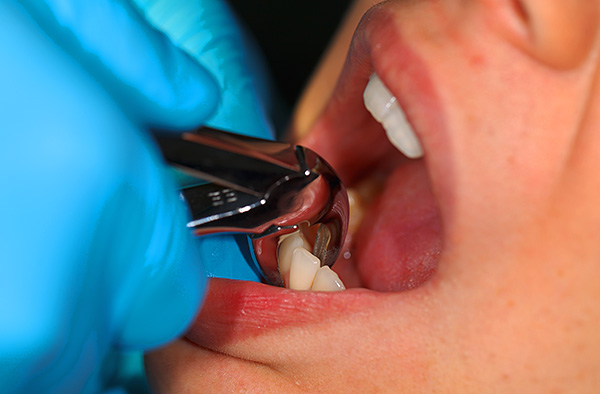
To navigate the prices for simple tooth extraction, consider an example of a typical price list of one of the private clinics in Samara. Prices for teeth removal:
- Milk (temporary) - 400;
- Milk in the period of physiological change - 200;
- The mobility of a permanent tooth III degree - 500;
- Permanent cutter - 700;
- Permanent canine - 800;
- Permanent molar (except wisdom tooth) - 900.
Prices are in rubles and excluding the cost of anesthesia. Typically, anesthesia has to pay 200-400 rubles, depending on the drug.
Here it is worth explaining a little. The removal of the baby tooth during the shift suggests that it will be easy for the dentist to extract the loose tooth, and the milky tooth, which has a long shift, will be harder to remove. The mobility of the 3rd degree in a permanent tooth means that it stays in the hole just barely, while removing a stationary tooth can be much more problematic - hence the increased price.
As for the canines, they have a long, massive cone-shaped root, which often creates certain difficulties in removing it, despite the fact that there is only one root.
The last ones in the above list are permanent molars, that is, large molar (chewing) teeth that have from 2 (lower) to 3 or more roots (upper), which can be more difficult to remove than single-root teeth. However, even in this case, the procedure may well be carried out without separation of the roots of the drill and fit into the time range from 5 to 20 minutes.
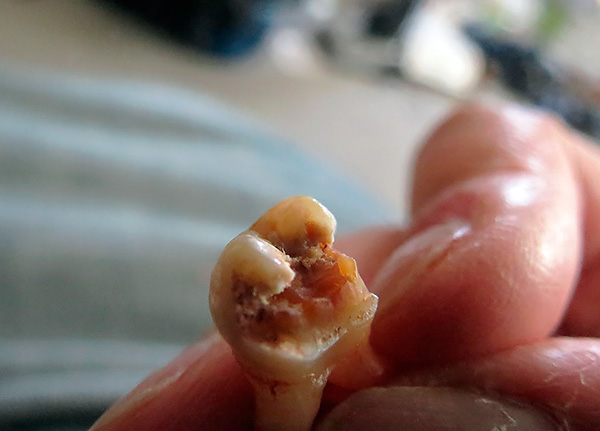
Simple tooth extraction in Moscow or St. Petersburg in the middle level dental clinic usually costs much more expensive - often several times. Example of a price list of a Moscow dentistry:
- Removal of I degree of difficulty (tooth mobility during periodontal disease): 3000 rubles;
- Removal of II degree of difficulty (single root tooth, no mobility): 4500 rubles;
- Removal of the III degree of complexity (multiroot tooth, with the exception of wisdom teeth, stitching is not expected): 5,500 rubles.
Complicated tooth extraction
Let's turn again to the price list of the same clinic in Samara, which has already been mentioned above, but now let's look at the prices for complex tooth extraction:
- Removal of the third molar (wisdom tooth) - 1200;
- Complicated removal (with separation of the roots, with hypercementosis) - 1400;
- Polyurethane, dystopirovannogo - 1950;
- Retinated, 1 degree of complexity (covered with mucous membrane) - 2450;
- Retinated, 2 degrees of complexity (lying in the bone tissue) –3950.
In most cases, all these items relate to wisdom teeth. Interestingly, the cost of complex removal in some cities reaches 15-25 thousand rubles.
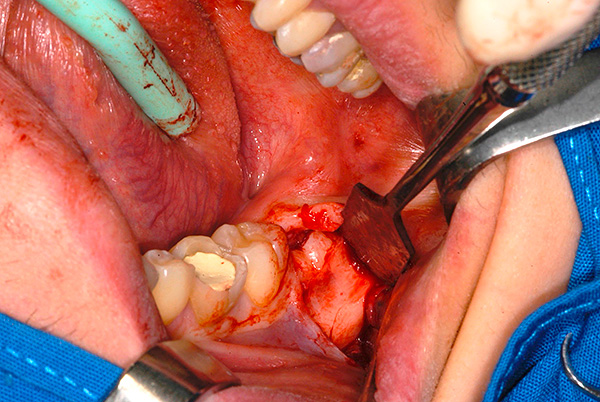
Generally speaking, the removal of wisdom teeth is one of the most controversial categories of dental services in terms of reasonable prices. Many private dentistry in absentia (that is, even without regard to the specific clinical situation) consider the removal of any eights difficult, exposing a significantly inflated price tag compared to the removal of other teeth. Usually it is a range from 2 to 5 thousand rubles.
Other clinics clarify in the price list that there is a category of “simple” wisdom teeth (especially the upper ones) that do not require special efforts and time-consuming to remove - as a result, this procedure is estimated to be 2-3 times cheaper than in the case of really “complex” eights . Obviously, this is a fairer approach.
It is interesting
And what, for example, does complex removal with separation of roots mean? This suggests that the dentist during the removal conducts the separation (separation) of the roots with the help of a dental drill, and also applies not only forceps, but also elevators (tools for extracting the roots).
Another 30-40 years ago, the extraction of molars with the help of a chisel and a hammer was popular: the chisel was installed on the bifurcation of the roots and was hit (usually by a nurse) with a hammer in order to create a crack within the inter-root septum. Then the roots were removed by one elevator. Sometimes dental chisel is used today.
Polyurethane teeth (most often wisdom teeth) can be covered with an edematous mucous membrane of the gums, usually called the gingival hood - grasping the coronary part of the polyurethinized tooth barely protruding above the gingiva is often impossible, therefore the doctor resorts to special technical tools (tooth sawing, working with elevators and etc.). In the price list of some clinics in Moscow and St. Petersburg, the cost of removing polyurethane wisdom teeth reaches 20 thousand rubles.
Photograph of a polyurethinized wisdom tooth:
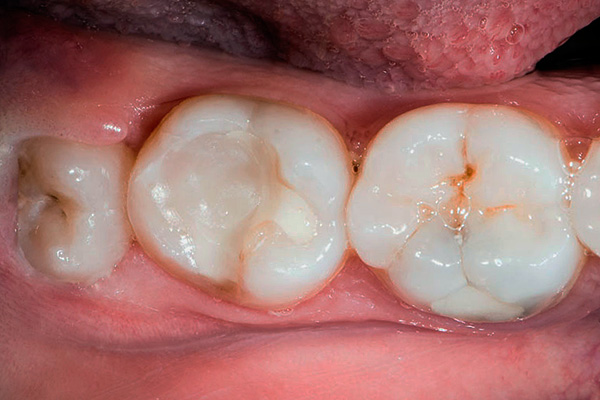
Dystopia teeth - that is, displaced and located outside their normal position in the dentition. Their removal is an additional complication when adjacent healthy teeth become an obstacle. It is often impossible to grab a dystopic tooth with the help of forceps, so you have to put a lot of effort into making the surgical procedure safe for normal teeth.
Impacted teeth are completely located under the gum, or are generally in the bone tissue - their removal is always an increased category of complexity. It is easier and faster to remove the tooth that is hidden only by the gum, since in this case it may not be necessary to cut it out of the bone and there is a chance with the help of elevators to dislocate it faster from the hole.
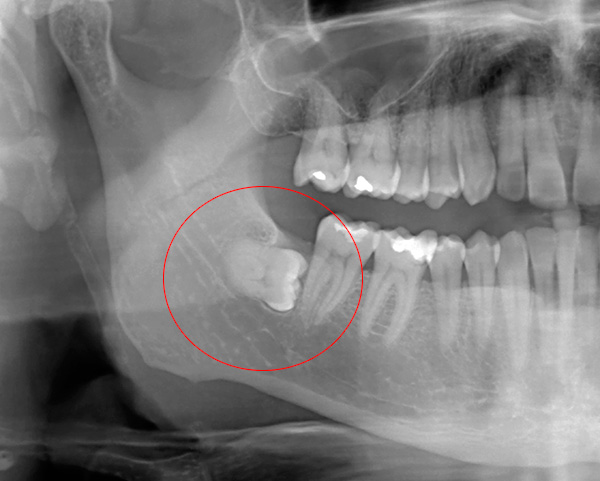
But the removal of the impacted tooth, which is deep in the jaw bone, almost always takes a long time (from 30-40 minutes to 2-3 hours) and requires special skills and extensive experience from the dentist. Therefore, the cost of removal of complex impacted teeth comes in private clinics to 25 thousand.rubles (although, of course, it is not difficult if you wish to find the same service at a cost of about 5 thousand).
What is cheaper: to treat a tooth or remove it?
As already noted above, sometimes a tooth can be removed almost free of charge (in the city clinic). In a private clinic for the removal of the same tooth may well request a few thousand rubles.
And what about dental treatment - how much does it cost?
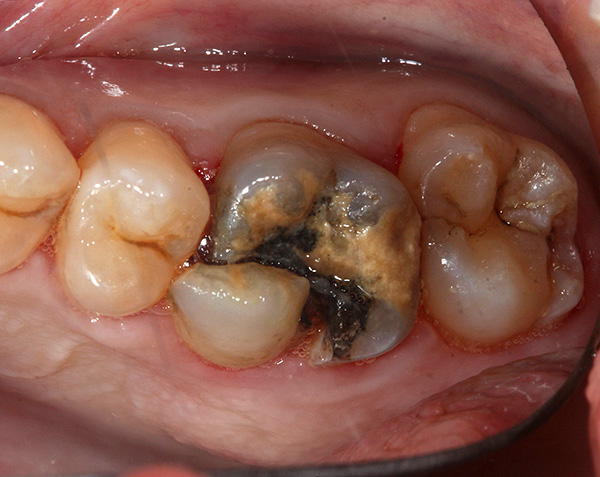
For a start, it is useful to keep in mind that if you lose even one tooth, the integrity of the dentition is impaired, which can lead to impaired bite, diction, chewing effectiveness and even the normal functioning of the gastrointestinal tract. If several teeth are lost, the risks of these disorders and the severity of problems multiply.
Therefore, in no case can one explain the desire to remove, for example, a sick tooth, which can still be saved, by the habit of solving everything radically, by saving money for treatment or by one’s skepticism regarding the effectiveness of treatment (they say, this tooth is rotten through and through, and in general, “I already tired of it”). In addition, after such frugality, especially if it turns out to remove a tooth for free, in the future a situation may arise that will force you to pay out much more money than you would need for treatment - this is about prosthetics.
Therefore, no matter how paradoxical it may seem, tooth treatment from a perspective point of view can be much cheaper (for the wallet, nerves and health in general) than its free removal.
After this preamble let's move on to numbers. Allocation of prices for dental treatment in many mid-level clinics is approximately as follows:
- Treatment of caries - 2-4 thousand rubles;
- Treatment of single-channel pulpitis - 4-6 thousand rubles;
- Treatment of three-channel pulpitis - 6-10 thousand rubles;
- Treatment of three-channel periodontitis - 7-12 thousand rubles.
That is, for example, the treatment of the molar tooth, which is very painful (and this most often happens pulpitis) will cost in many cases more expensive than removal, especially if you consider that there may be 3-4 channels in it. However, if there is an opportunity to do without deletion, you should definitely take advantage of it.
What you need to know about the features of the removal of milk teeth
Unlike permanent teeth, milk teeth are often not difficult to remove - but this is only the technical side of the issue. If we consider the process as a whole, then certain circumstances leave a significant imprint on the pricing policy in clinics where there is a similar service.
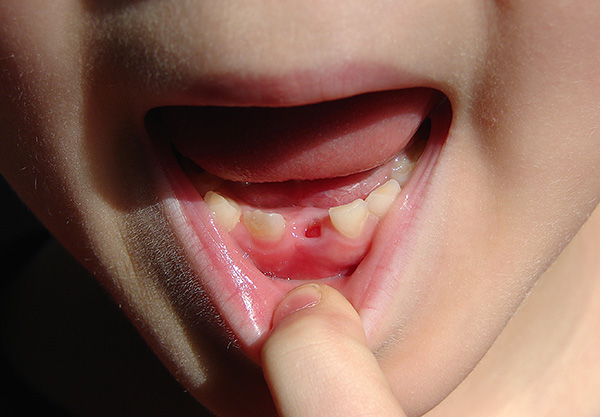
But before proceeding to the consideration of the cost of removing milk teeth, let's see in which cases their removal may be required:
- The impossibility of restoration by the crown of the part completely destroyed by caries;
- Formation of a cyst on the root (roots);
- The risk of the spread of infection with periodontitis, when there is a threat to the germ of a permanent tooth;
- Complications of periodontitis (periostitis, abscess, phlegmon, etc.);
- Delay "resorption" of the root, which creates obstacles for the eruption of a permanent tooth;
- The appearance of a permanent tooth (side) with the full existence of milk;
- Physiological change of teeth.

And a number of other situations.
On a note
Some clinics emphasize tooth mobility: if a baby tooth is immobile, its removal is considered difficult, and in other cases - simple.
Application anesthesia, as well as infiltration and conduction, private dentistry almost always rates separately from the main service.
How expensive can a baby tooth extraction cost? The price range here is quite large: the average range is from 300 to 3,000 rubles for the removal of one temporary tooth.
It should be understood that pediatric dentistry is far from being “sugar” even for the most mentally stable dentist. Children can roar non-stop, rush to the dentist with various objects, swear, fight hysterically, beat the doctor's hands, bite him and in every possible way prevent the implementation of manipulations. And since a child is a mirror of his parents, it is not surprising that the mother next to him or his father, who came to support his child, often indulge his beloved in all his tricks. That is, the doctor will always be to blame - after all, “the service is paid for - do your work!”
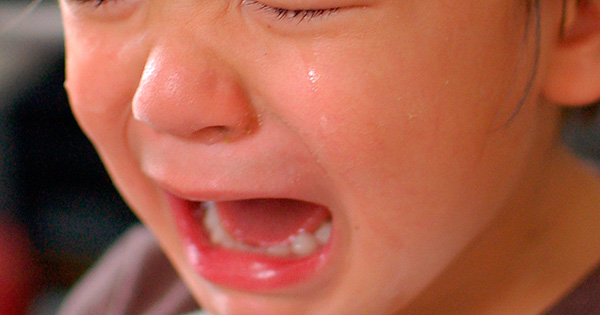
Therefore, a clinic that respects the work of doctors often sets prices close to removing a permanent tooth. Such financial support for pediatric dentists should encourage them to work hard with such a conflict contingent as children and especially their parents.
On a note
In pediatric dentistry, inhalation and intravenous anesthesia are often used. Price examples:
- Inhalation anesthesia with sevoran for up to 10 minutes: 1500 rubles;
- Intravenous anesthesia with propofol (diprivan): from 4000 rub.
How is the removal of badly damaged teeth, and how much will it have to pay for it?
Many people who are faced with the need to remove a badly destroyed tooth are worried about such a moment - as a dental surgeon will be able to grab it with forceps, because there’s nothing enough to grab.

Let's see how it all looks from the point of view of the doctor.
In practice, it is often impossible to say with 100% certainty in advance what removal will be - simple or complex. However, there are certain “hints” for the dentist, suggesting whether a complex removal can be expected or not. For example, it is more difficult to remove a tooth if there are the following factors:
- The young age of the patient (up to 35 years);
- The use of resorcin-formalin method for the treatment of tooth canals in the past;
- The absence of periodontitis and "purulent" inflammatory processes in periodontal tissues (simply speaking, the tissues are healthy).
The combination of these features makes it almost certain to say that removing such a root can be difficult for a dentist with little experience, and sometimes even an impossible task.
At a young age, especially from 12–14 years old to 30, a “calm” root (that is, without the addition of a purulent infection causing its mobility, without diseases of the periodontal tissues) requires special efforts, skills and experience of such deletions from a doctor. Even if the carious tissues of a destroyed tooth protrude above the gum, then when seized with forceps, they often crush, crumble with a crunch, sometimes causing panic in the young specialist.
Dental surgeons with great experience in advance can guess: when it is necessary to grab the root with just a pair of millimeters under the gingival margin, and when you need a deep introduction of the tool, so as not to waste time breaking off the fragile coronal part. Knowledge of the features of the removal of such destroyed teeth also allows one to predict the need for their surgery with the help of elevators, curettage spoons, special screws, metal ligatures and other auxiliary tools.
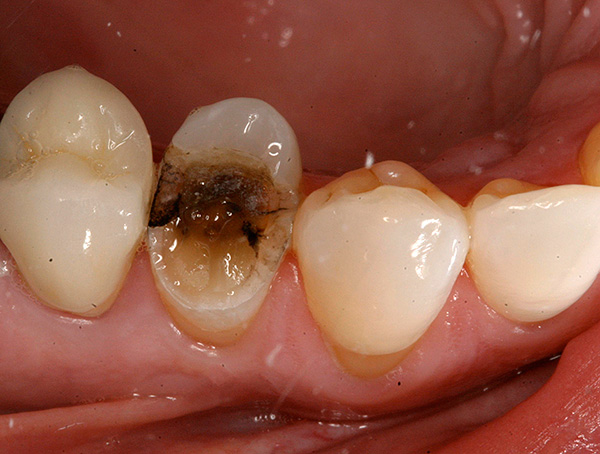
Elderly people most often encounter simple removal of roots, since the bone tissue around the root tips, in addition to age-related changes, often has foci of chronic inflammatory processes, which adversely affects the patient's general health and strength of teeth retention in the jaw - in particular.Also, severely damaged teeth do not cause problems when removing against the background of periodontitis - gum disease, accompanied by the mobility of teeth.
On a note
Single roots of teeth in people older than 40-45 years in 70-80% of cases are removed within 2-5 minutes. Moreover, the above-mentioned cases include the roots of wisdom teeth, weakened as a result of various processes.
The cost of simply removing a badly damaged tooth can vary greatly in different dentistry, but the average value is in the range - from 500 rubles to 5 thousand rubles, depending on the region and the level of the clinic.
Perhaps it makes sense to say a few words about the removal of roots using a drill. Cutting the roots with a drill uniquely refers to the category of complex deletions. In this context, it is not only about dividing the roots into 2-3 for the purpose of their safe extraction by the elevator. In some cases, using a special boron, the external bone wall of the well is removed, which holds the root.
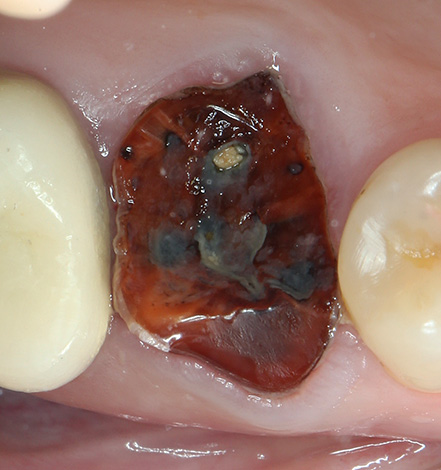
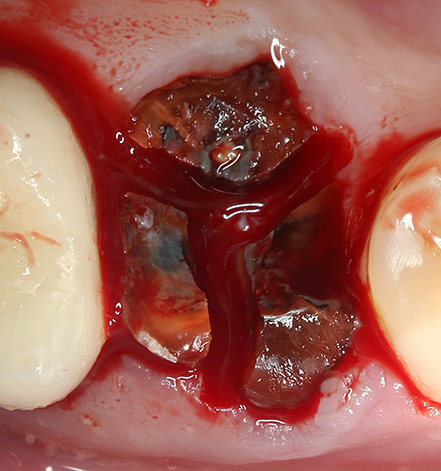
After creating access to the outer surface of the bone,the dentist cuts the wall with the help of a drill, and the root that has opened after its extraction is removed with forceps or an elevator. It is most difficult to excise the root-retaining wall in the area of the lower molars (6, 7, 8), where the compact bone layer has a considerable thickness. Often, such operations to remove the roots of heavily damaged teeth often take from 30 minutes to 3 hours and can be performed under general anesthesia in the hospital.
The cost of such removal can reach up to 15 thousand rubles or more.
Free teeth removal - myth or reality?
If you monitor prices, then most often the cost of tooth extraction, going wild for 10 thousand rubles, can be found in Moscow and St. Petersburg. There are clinics that offer tooth extraction for 25 thousand rubles.
At the same time, one should understand that many people are far from such luxury and excesses. Sometimes even 1000 rubles for pulling out a rotten tooth is already a burdensome amount for the family budget.
So is there a possibility in our country for a quality, but free tooth extraction?
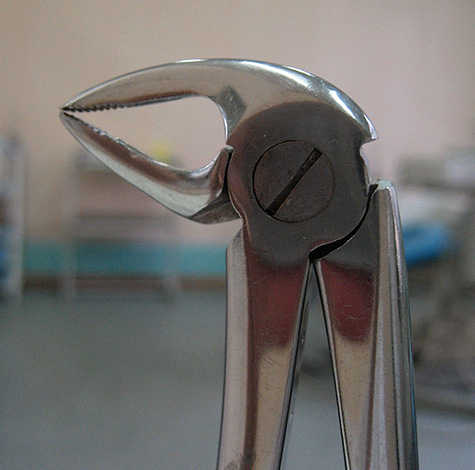
Feedback:
“Because of the work of my husband, we often change our place of residence, in each city we have a new dentist.I have an OMS policy, that is, I stick to the state hospital and get treatment for free, but I try not to go to private owners. But the spouse does not have a policy and he has to pay. Where he just did not go: both private and free, for him every trip is connected with payment. The last time they asked for free was not only 500 rubles, since there was no policy, but also another 200 for a good injection so that it would not hurt. I know that there may be a fee even without a queue ... "
Lyudmila, Omsk
The situation is such that in Russia hundreds of thousands of teeth are removed annually for free or almost free of charge. What does it mean in our time - “almost free tooth extraction”? In the budgetary institution where the patient is attached, they work according to the medical insurance system, that is, under the policy, tooth extraction should be free, but ... In fact, not everything is so simple.
Anesthesia is conditionally free. Formally, it should be free, but the OMS list includes not very effective domestic drugs (Novocain, Lidocaine, etc.), and the patient is usually willing to pay a little so as not to feel pain during the procedure.
On a note
It may surprise someone, but some highly effective articaina drugs are also included in the MLA.However, in fact, their availability, despite the active introduction of these drugs under the OMS program, in many clinics does not change from year to year: dentists consistently receive Lidocaine, and they simply buy a more effective and safe anesthetic at their own expense. That is why “almost free of charge” means paying the dentist-surgeon his drug costs.
Typically, the cost of "good" anesthesia for tooth extraction in clinics (hospitals) is about 200-300 rubles.
On the other hand, there are quite a few situations where you get all the charms of a budget organization for “free”:
- Waiting in line, sometimes up to 2-3 hours;
- Rudeness on the part of a doctor who is soaked up, tired of the flow of people;
- Familiarity with prehistoric equipment;
- The spittoon is full of teeth and, to say the least, is dirty and doubtful that everything is sterile;
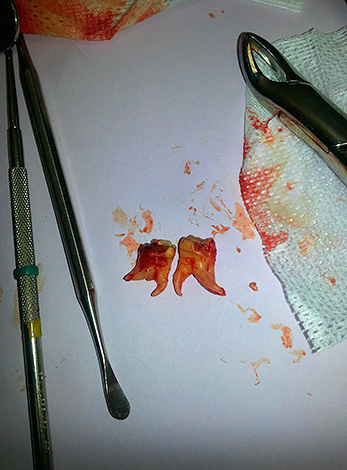
- And most importantly, the increased risk of possible complications after removal due to the doctor’s rush and the failure to assign valuable recommendations that reduce the likelihood of alveolitis ...
From the practice of the dentist
Here is a good example. In one of the hospitals, the surgeon removes her teeth for free.He does it like this: Lidocaine turns around 6-8 people in turn, and then calls. But it was an anesthetic that worked or not - it is not particularly important, as luck would have it, you have to hurry. And if you re-“freeze”, then you can already slip anesthesia on the next. So work on speed and with possible painful sensations during the procedure is not uncommon.
Can a dental surgeon mistakenly remove the wrong tooth, and who will pay for it?
There is an opinion that dentists-surgeons sometimes mistakenly remove the “wrong” tooth - for example, the one next to the problem one. Is it really, or is it a myth?
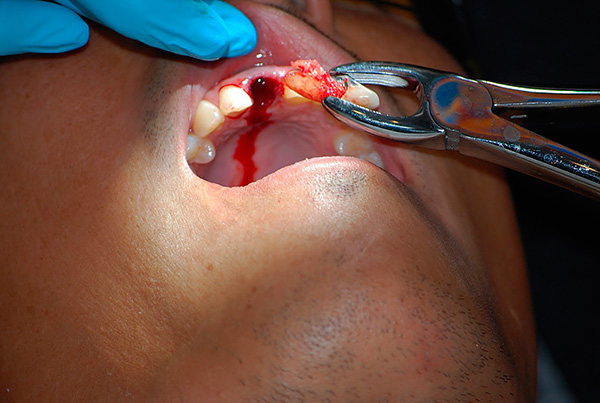
Although many dentists will assure that they have never made such a mistake during their practice, unfortunately, for a number of reasons (tiredness, alcoholism of the doctor, quick reception, negligence, etc.), this is rarely possible. Here is an example of one such story:
From the practice of the dentist
“In my practice, only once there was such a case, but not because of haste, but simply because of fatigue. At the end of the shift, the patient brought me a piece of paper from an orthopedist, where tooth 15 was listed - removal. The patient already had all the aborigines removed during a throwing examination on this side.I tried the last tooth on this side: it turned out to be mobile. I deleted it like this, without a back thought, and then the root flaunted from him ... Just 15 teeth. That is, my remote mobile turned out to be 14. How could I not see it - a difficult question, but I had to remove the required orthopedic root. I didn’t tell the whole truth to the patient, but put it quite appropriately: tell, say, an orthopedist that I removed both the root and the adjacent, but mobile tooth, because from my point of view it will not withstand the load for the future denture ... "
If the dentist removes the wrong tooth, will you have to pay double the price for it?
If the doctor is decent, then he will never take money for his mistake to show the patient decency and return confidence. If the patient correctly understands the doctor about the need to remove the tooth, which was extracted by mistake, the patient will pay the rate for each removal separately.
As you can see, the line between necessary and unnecessary services is sometimes very thin.
How Dentists Cheat Tooth Removal Cost
Upper wisdom teeth are often in vain to rank as difficult removal. Many dental surgeons like these teeth, because they are sometimes removed better than any other tooth, especially when compared with the lower molars.However, if the doctor's appetites (or the clinic as a whole) are great, then the rationale for the high price will be found: it’s wisdom teeth!
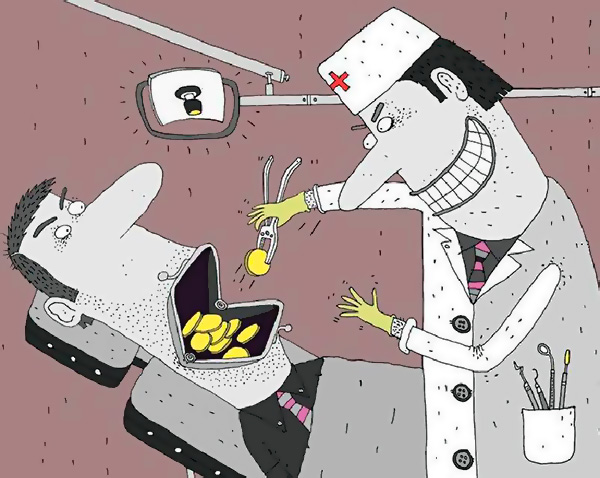
Justified when the patient pays a large price for the removal, which comes with cutting out the roots (bone) for more than 60 minutes, but it does not seem too honest if the doctor takes the same high price for a ten-minute removal of the top eight.
Further. It should be borne in mind that the removal of any rolling tooth is almost always much easier and cheaper than a fixed one. If a doctor indicates the same price (high) for removal of a moving tooth as for removal of a fixed tooth, then this is a reason to think - or maybe it is better to go to another clinic ...
From the correspondence of dentists on the forum:
“In our clinic, a simple removal of 1500 rubles costs, the little man came in, vigorous and talkative. In general, as usual, I put anesthesia in the transitional fold in the projection of the root of the tooth and here the following happens: during the introduction of the anesthetic, the movable tooth moves out smoothly from the hole and almost ends up in the patient's mouth. I lightly catch it at the moment of complete extraction and put it on its rightful place.I ask the patient to keep his mouth open, come back with forceps, defiantly swinging a tooth (as in the air) and remove. Bloodless If the tooth fell out during anesthesia - it’s not 1,500 rubles, and so everything is fair - the removal according to the price was technically correct, and its value did not decrease ... ”
An interesting video with an example of the so-called atraumatic tooth extraction.
This is how a polyurethinized wisdom tooth is removed with preliminary cutting into pieces.

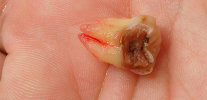
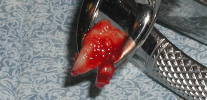
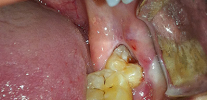
No, everything is very expensive ...